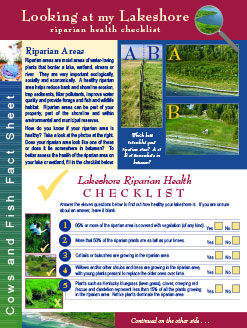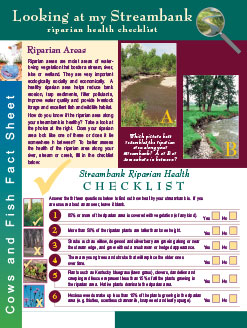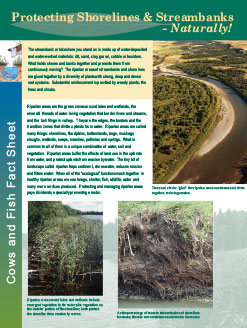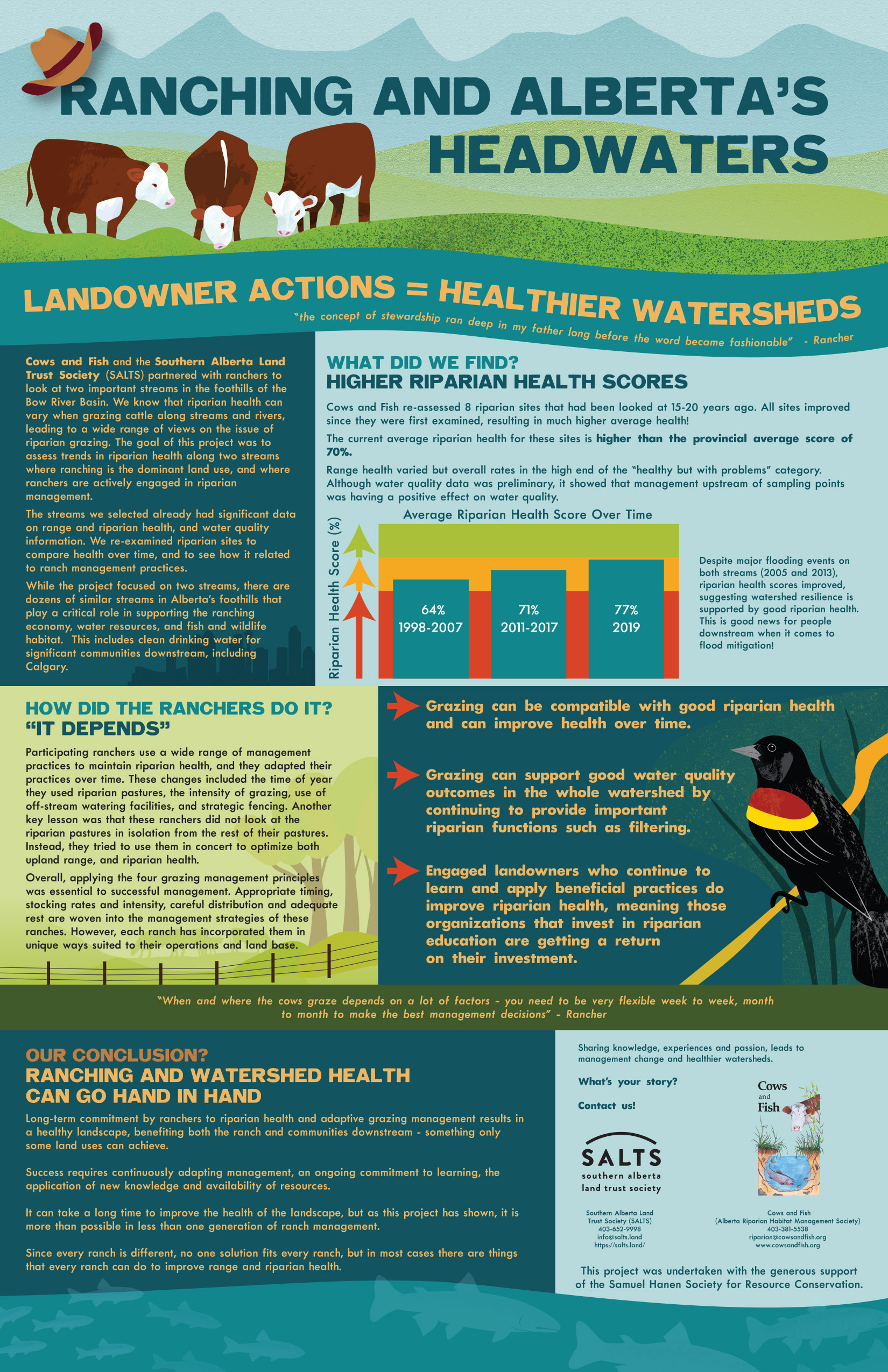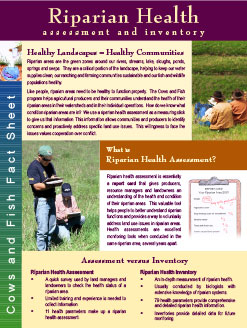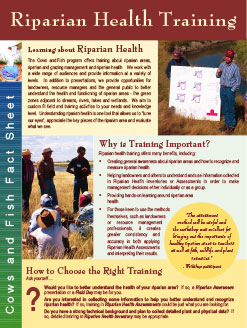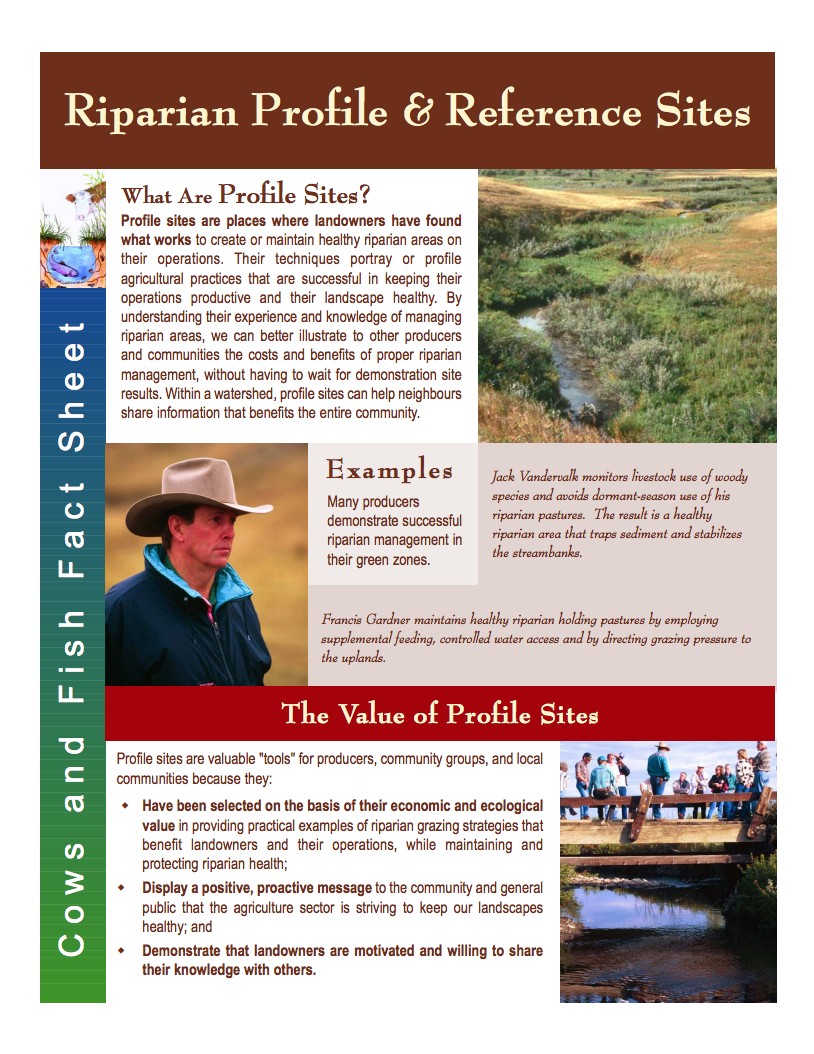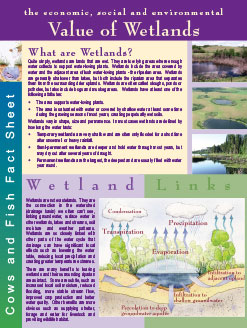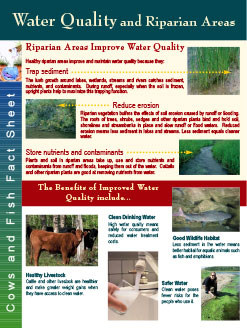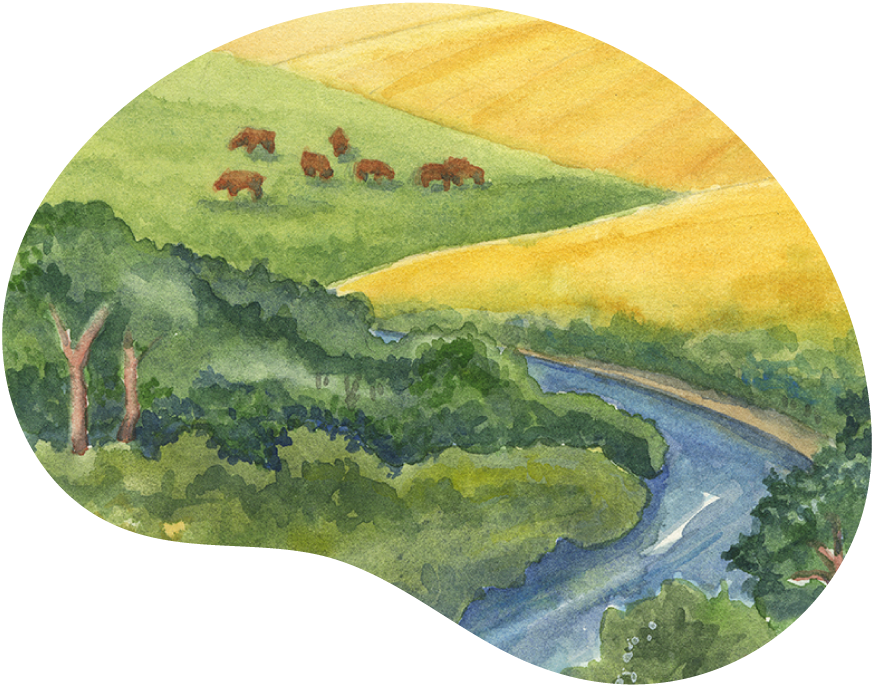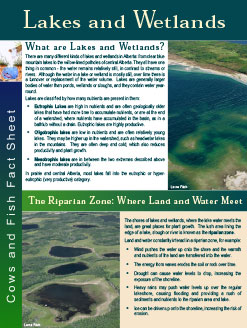
Lakes and WetlandsThis 4-page fact sheet explains why healthy lakes and wetlands are important. (for more information on lakes and shorelines see Caring For Shoreline Properties, produced by the Alberta Conservation Association)
This 4-page fact sheet explains why healthy lakes and wetlands are important. (for more information on lakes and shorelines see Caring For Shoreline Properties, produced by the Alberta Conservation Association)



